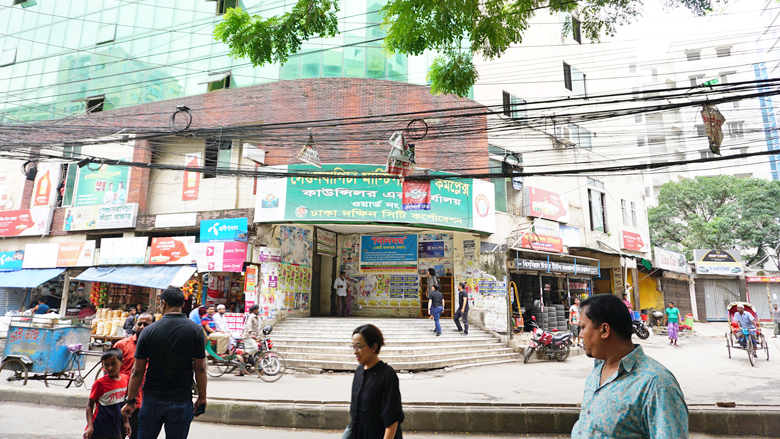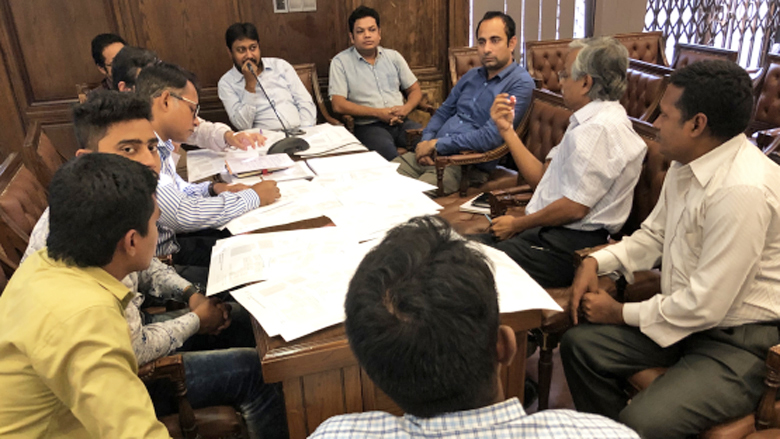October 25-29, 2019
Public space: an overlooked asset
Public space typically accounts for around one-third of a city’s total land area. Despite such prominence, these assets are often overlooked, with insufficient planning and management. This is a missed opportunity: well-conceived, fully leveraged public space can generate value and unlock enormous benefits for a city, including increased livability.
In 2019, Dhaka South City Corporation (DSCC) received US$100.50 million in financing from the World Bank Group for the Dhaka Community Neighborhood Upgrading Project (DCNUP), which will enhance public spaces, improve urban services, and regenerate 20 community centers in select neighborhoods in Old Dhaka. Investments in community centers are rare opportunities to trigger larger social, economic, and environmental impacts in surrounding areas.
Leveraging Japanese experience in the design and management of public space
Japan — whose cities have suffered from financial deficits and dramatic demographic shifts in recent decades — has accumulated a wealth of practical knowledge on managing public-space assets to encourage economic growth, social cohesion, and a general sense of vibrancy.
Previously, DSCC had joined a Technical Deep Dive (TDD), organized by the Tokyo Development Learning Center (TDLC), on the theme of unlocking city spatial plans through transit-oriented development and neighborhood assets. Building on this experience, DSCC called on TDLC to provide Operational Support for the newly financed project.
Drawing on its network of experts in Japan and within the Bank, TDLC assembled a team of architects (from Lion Architects and Sanuki Daisuke Architects) to advise DSCC on green building design, asset management, quality infrastructure investment principles, and the integration of operations and maintenance (O&M).
Setting a vision for next-generation community centers
Following an analysis of current assets, site visits (in August and October 2019), and meetings, TDLC’s expert team created a guidebook for DSCC to follow — one that centers Old Dhaka’s values while ensuring development will be sustainable, resilient and socially inclusive.
The first step for DSCC is to set a vision for community centers that represents local culture and values, keeping an eye to both present and future needs. Old Dhaka has a unique history and a vibrant atmosphere, and the design of the projects should reflect these assets.


